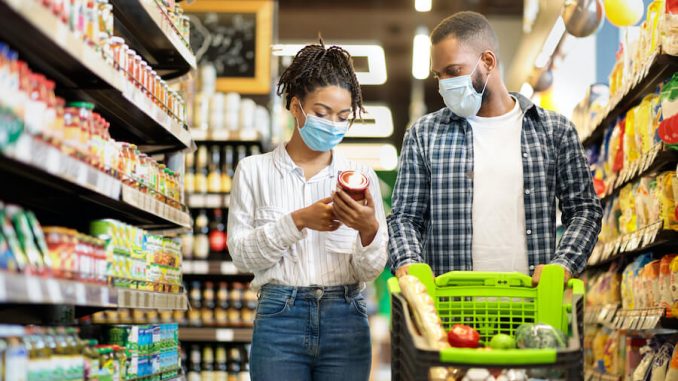
Canada has one of the best and safest food systems in the world, but food fraud can still happen. This is when a product is misrepresented, like when farmed salmon is labelled as wild salmon. Knowing some of the signs and keeping an eye out for possible food fraud can help you make informed choices at the store and ensure you really get what you pay for.
1. Check the label.
Foods may be labelled with claims such as organic or pure when they’re not. Checking labels for certifications, country of origin and import information can help you verify that what you’re buying is what it claims to be.
2. Consider the price.
Sometimes a deal can seem too good to be true and be difficult to pass up. But it could be a sign the product isn’t authentic or has been diluted or adulterated with ingredients not mentioned on the label. Knowing how much products typically cost or comparing prices with trusted brands can be helpful in figuring out if a product is what the label says it is.
3. Contact the experts.
If you’re unsure about a product’s quality or authenticity, reaching out to the store or the company’s customer service line is a great way to learn more about the information on the food’s label or how the item is made. Actively seeking out and confirming information about food products is also important for keeping companies honest in their labelling and stores vigilant about the quality of the food and brands they carry.
The Canadian Food Inspection Agency works to protect consumers from food fraud by conducting inspections, analyzing food samples, verifying food labels and more. Find more information about what they do and what you can do as a consumer at inspection.canada.ca/food-fraud-NC


Be the first to comment